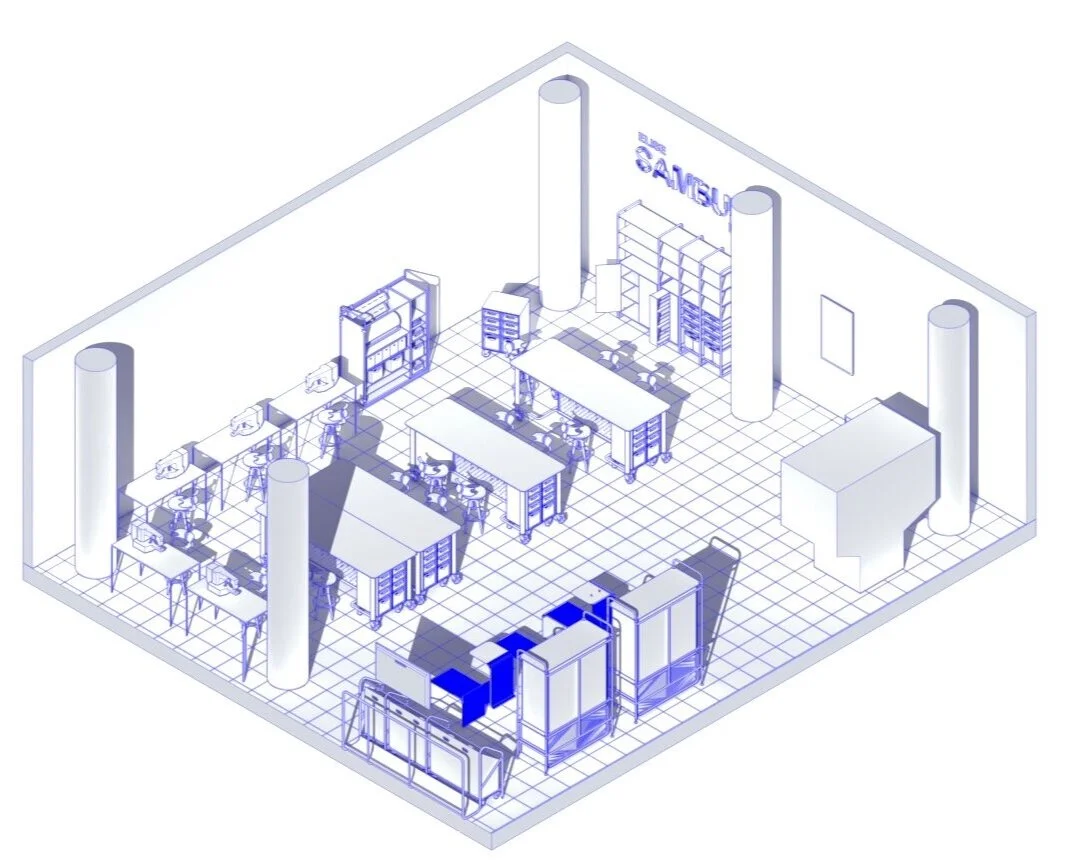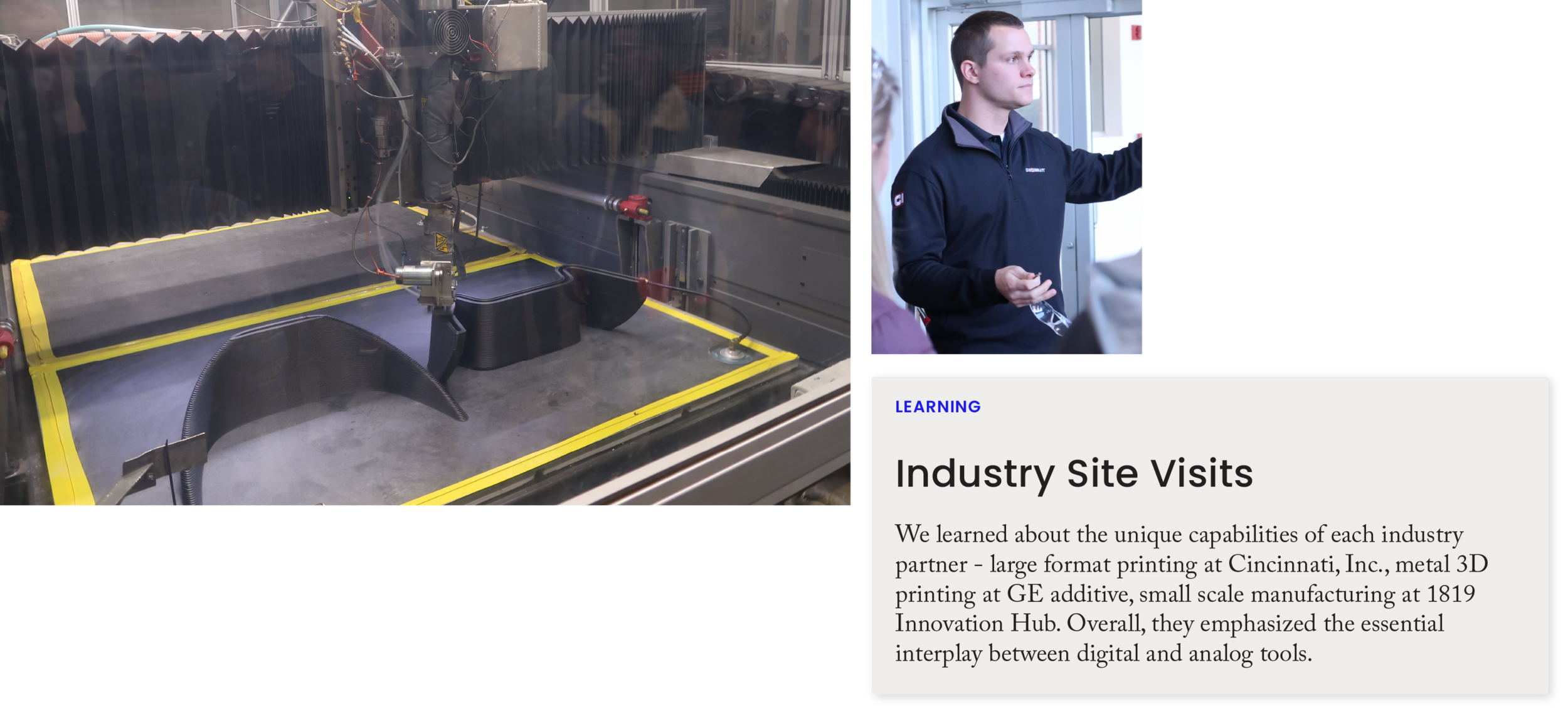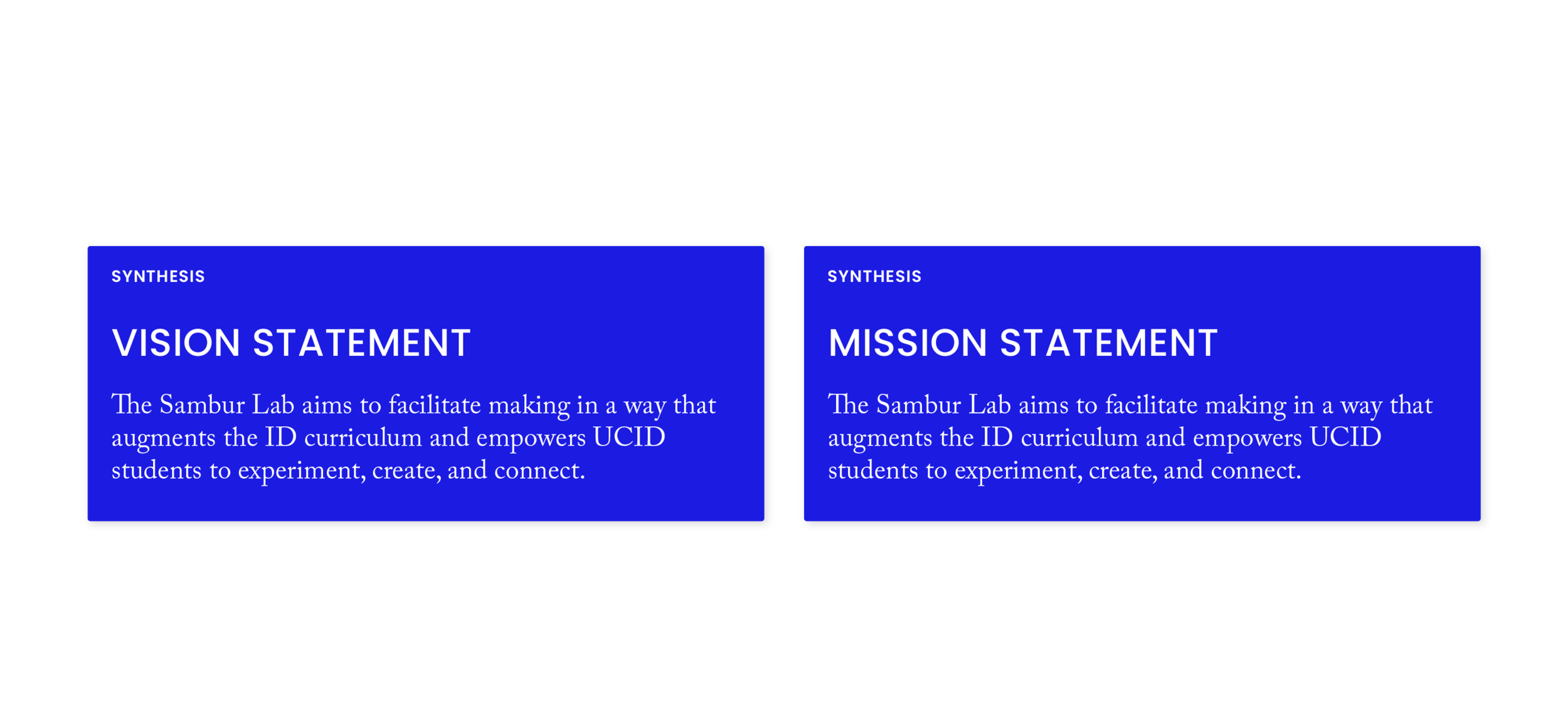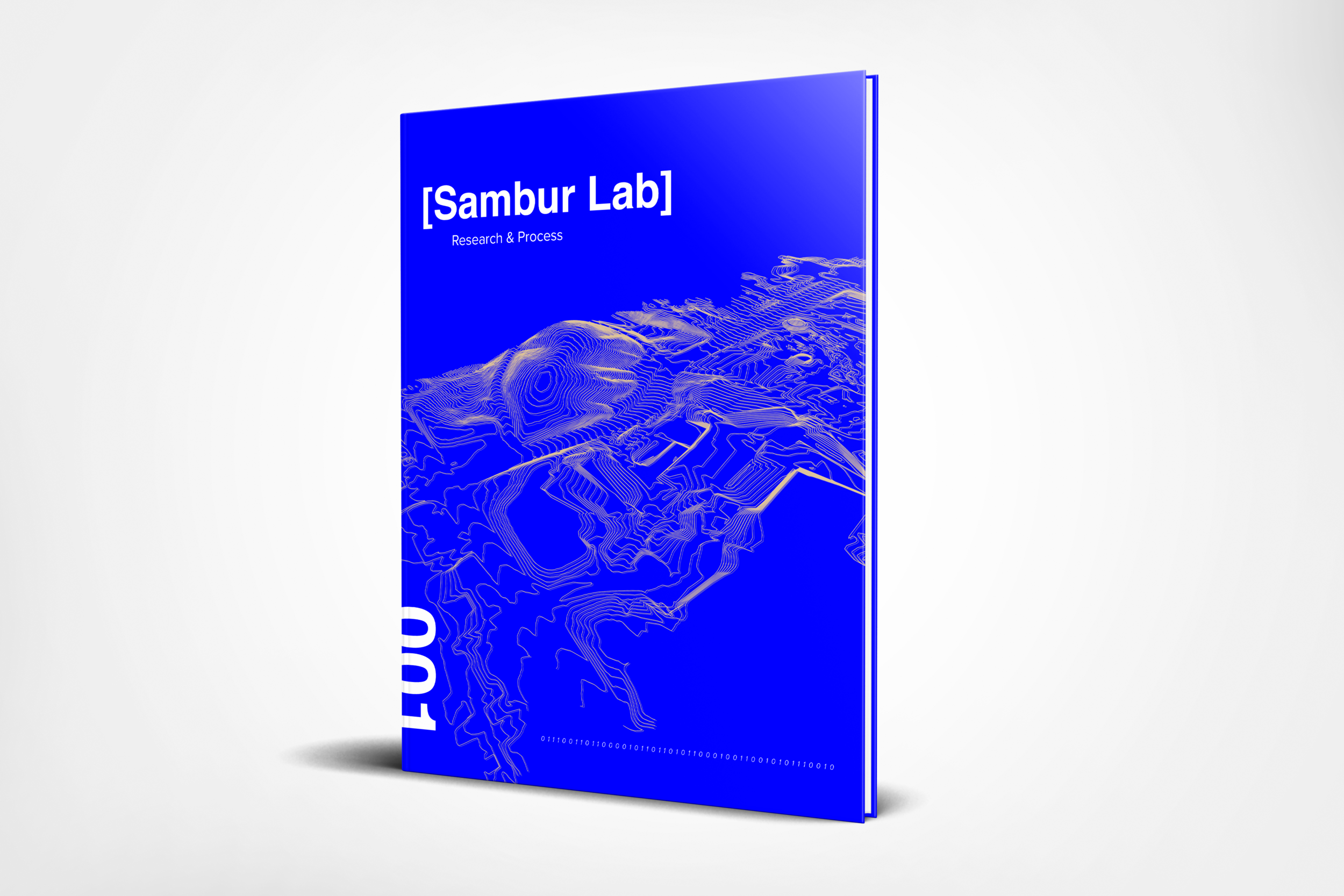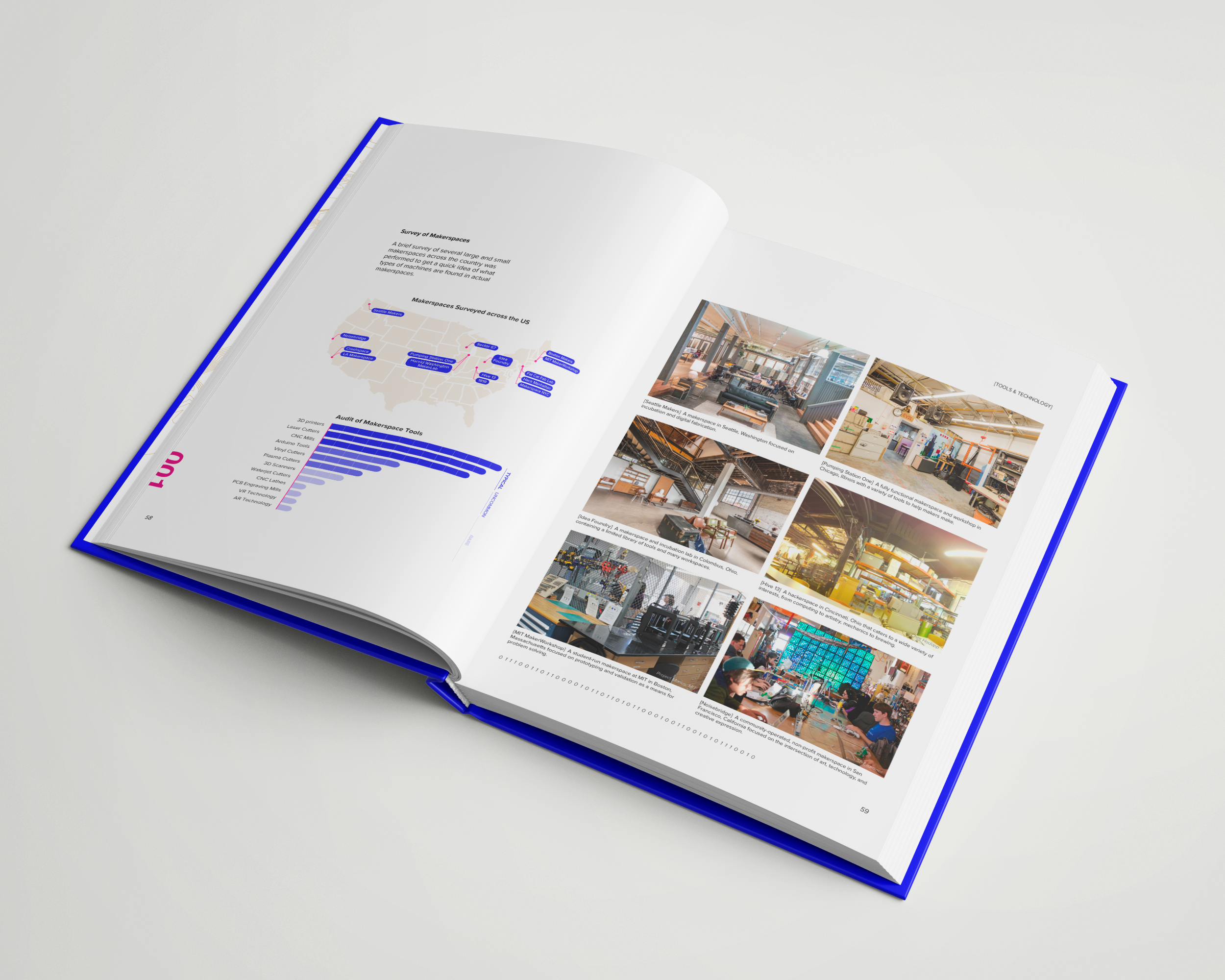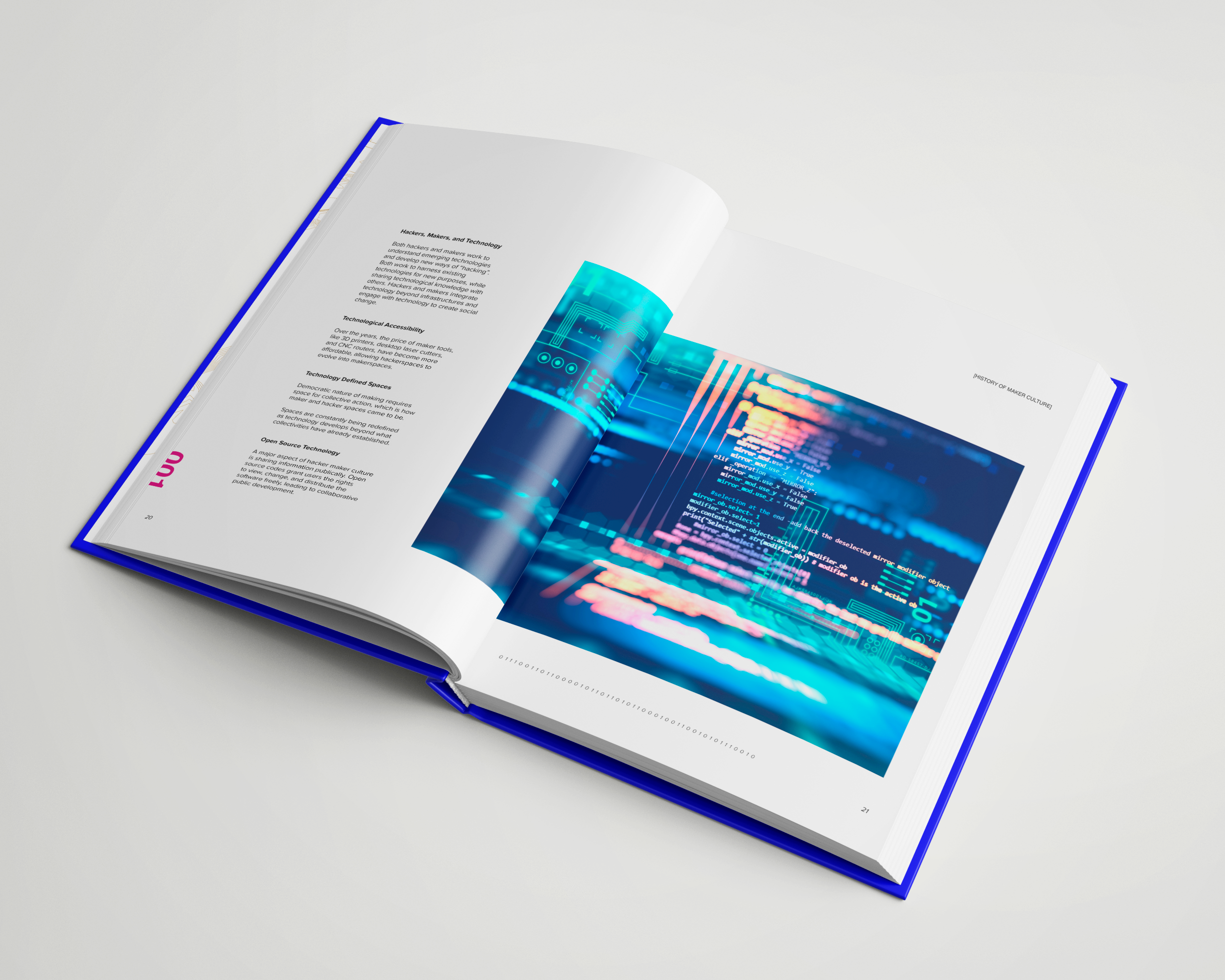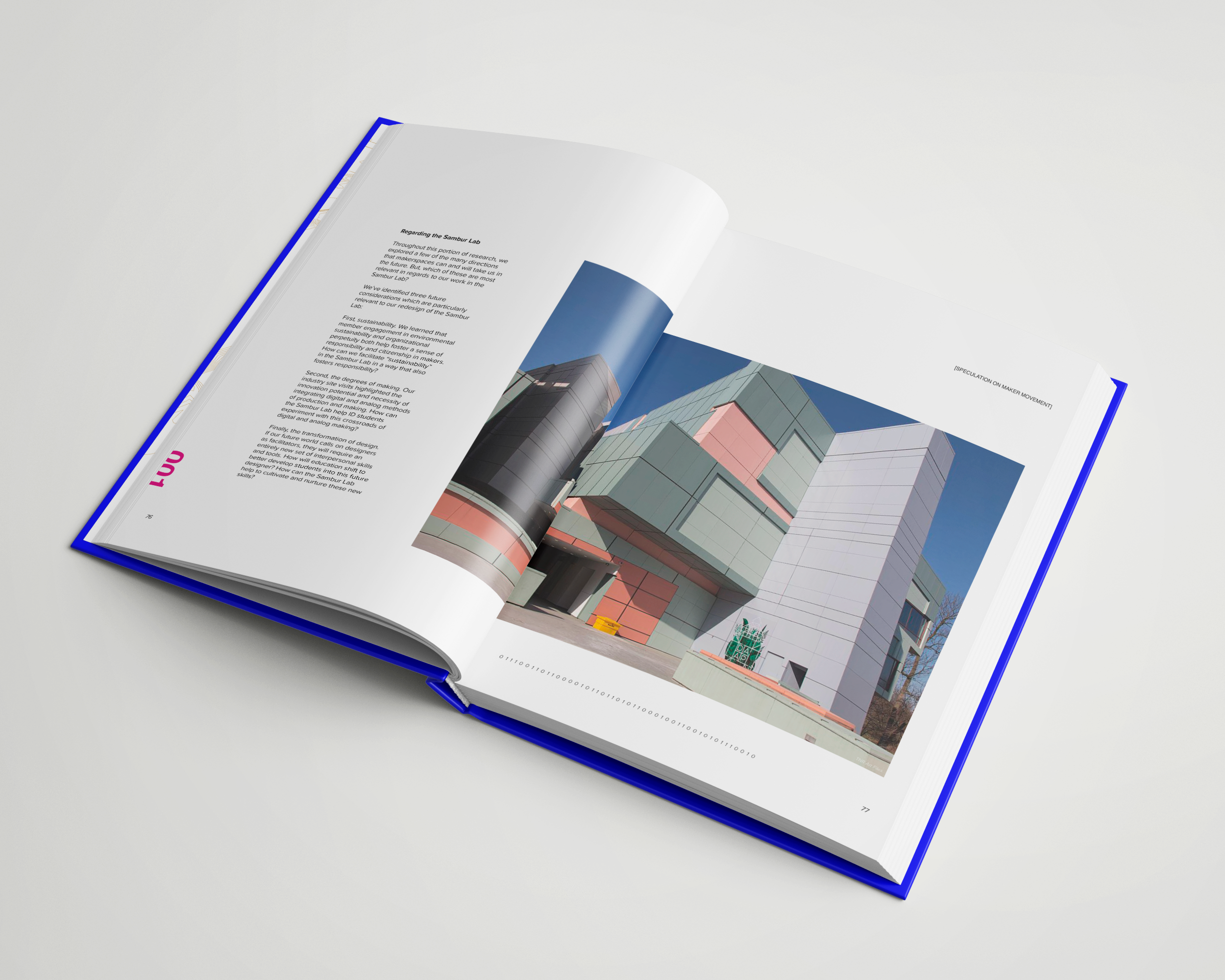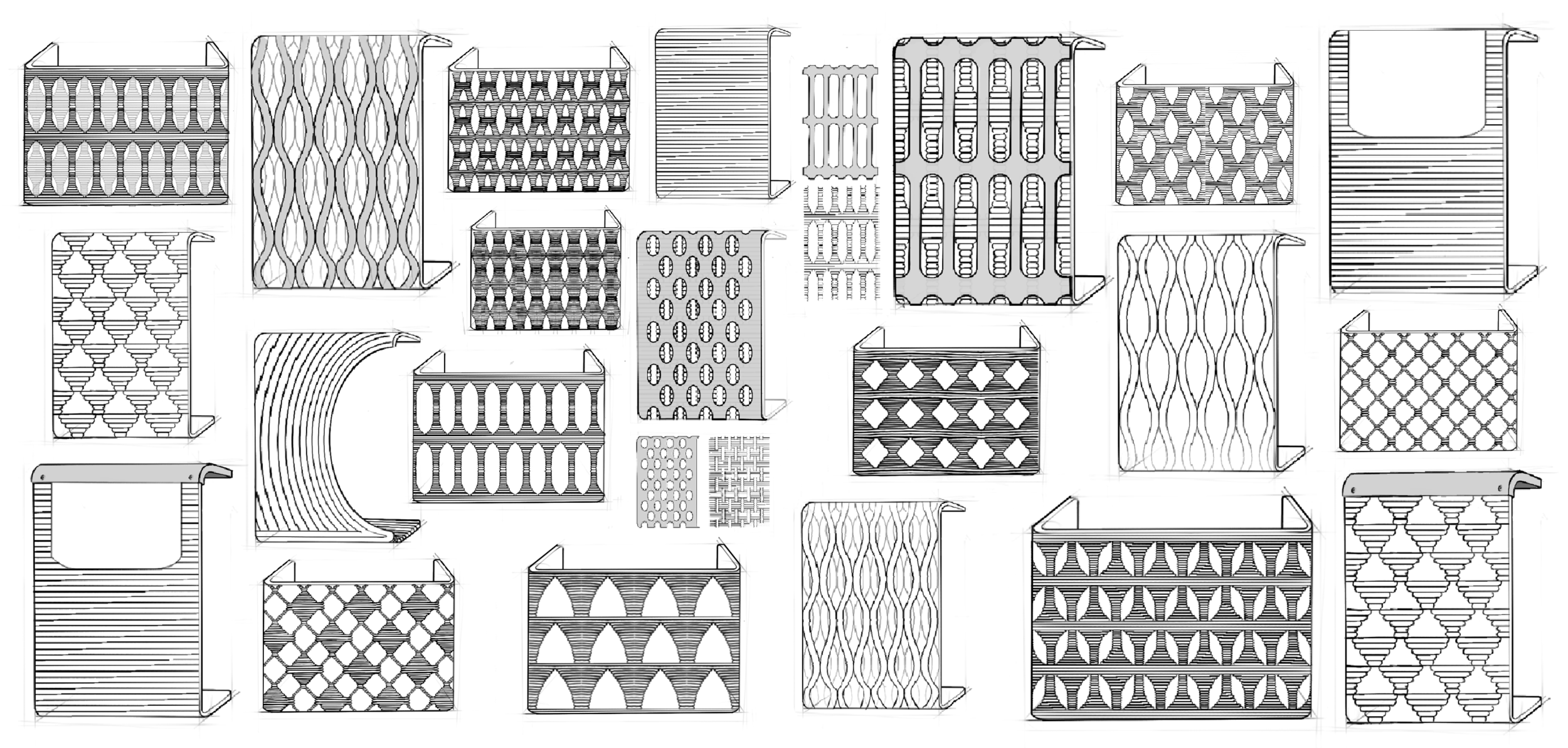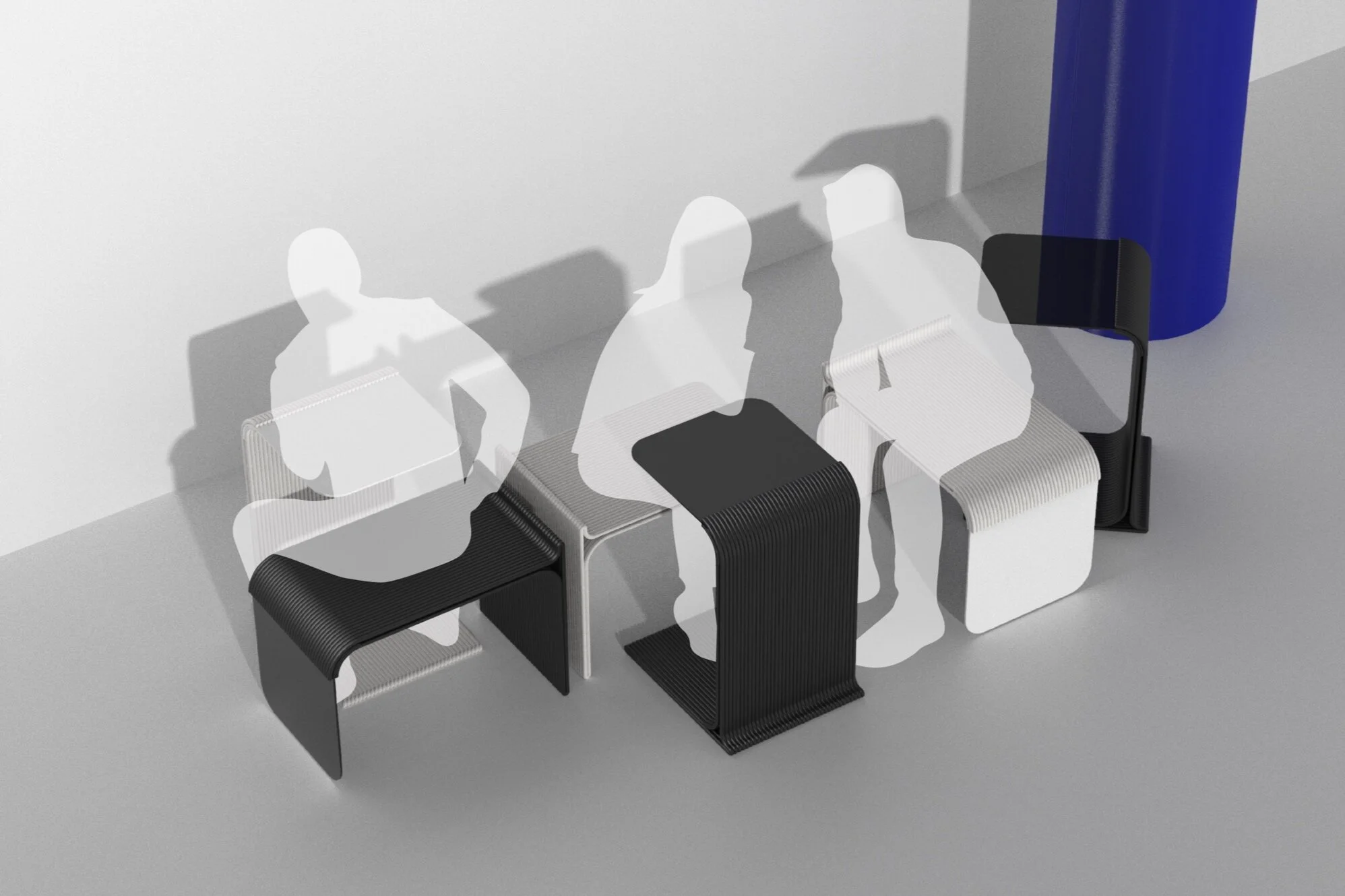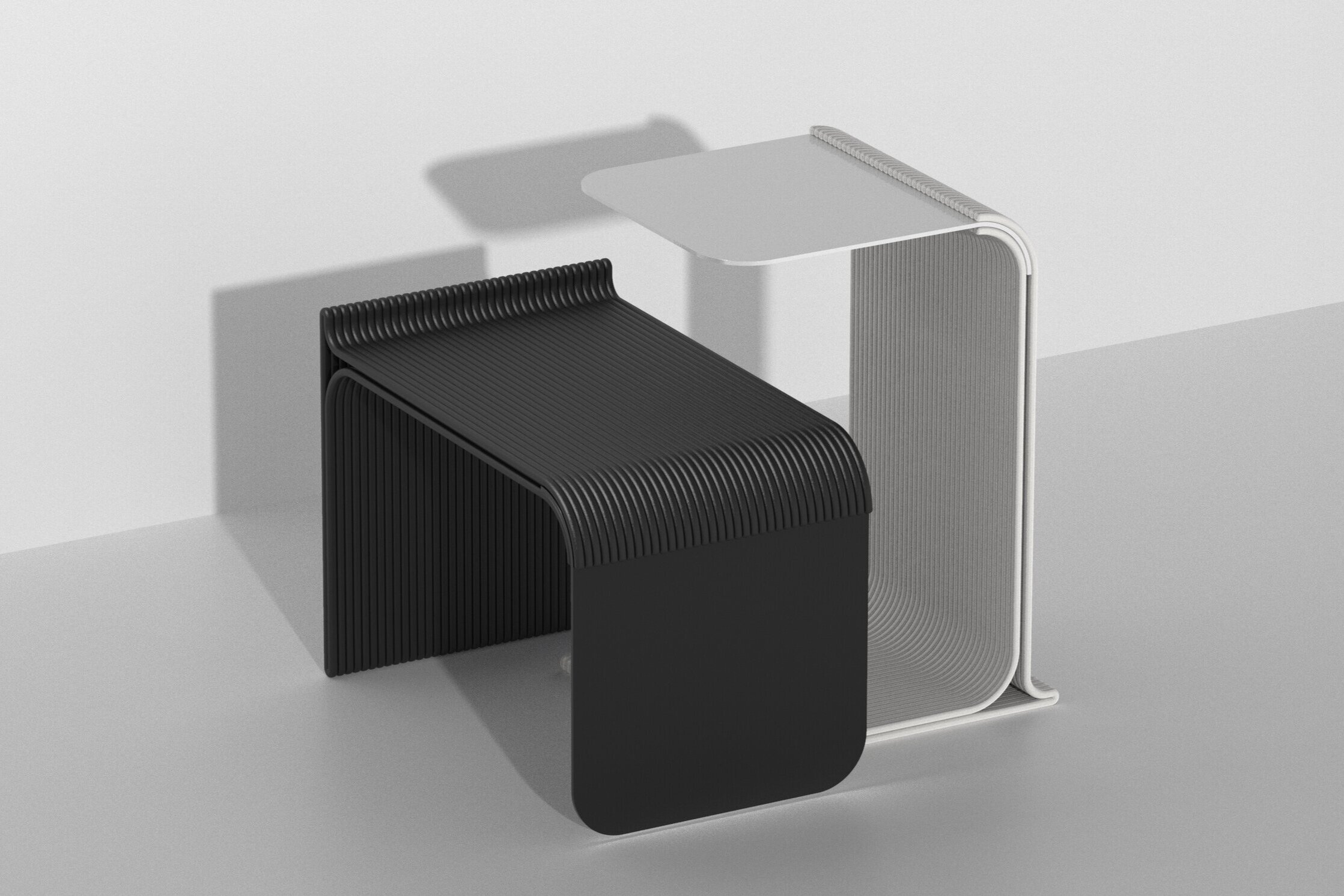
001
A collaborative studio intended to connect ethnographic design research with methods of manufacture to create a system of furnishings.
Research, Strategy, Furniture | Spring 2020
The Challenge
Re-imagine the UC Industrial Design Sambur Lab through the lens of makerspaces and local manufacturing technology.
The Result
A strategy for connecting the UC Industrial Design community, while maintaining safe equipment, a clean environment, and access to key resources in the Sambur Lab.
and…
An artifact, “Stable,” whose dual functionality facilitates collaboration to help industrial design students connect and innovate in their home makerspace.
RESEARCH & STRATEGY | "STABLE"
001: A Collaborative Studio
Section 001 is a collaborative furniture and product design studio made up of Industrial Design and Architecture students in University of Cincinnati’s College of Design, Architecture, Art, and Planning (DAAP). The studio is offered annually and each year takes on new challenges related to contemporary furniture, product, and exhibition design.
The Elise Sambur Lab
The Sambur Lab is a makerspace for the Industrial Design community within DAAP. The lab was founded in honor of Elise Sambur, UCID Class of ‘73, to celebrate her passion as a pioneering woman in Industrial Design. Today, the Sambur Lab provides low-cost access to 3D printers, a CNC milling machine, and industrial sewing machines.
RESEARCH & STRATEGY
“It kinda feels like a storage closet.”
Is this how you honor a legacy?
Research | Drafting a Vision
We began by mapping out our stakeholders…it filled a whole whiteboard. With such a tight timeline, we employed four main methods of research to cover as many perspectives as possible. We gathered the interests of current users with a participatory design workshop. We built an understanding of industry standard practice and insight from makerspace experts. During our industry site visits, we learned about cutting edge manufacturing technology that we could leverage in our design phase. And finally, we gathered student and teacher perspectives through a survey.
KEY INSIGHT
The Sambur Lab should be the center of ID culture by connecting students to resources and to each other.
Research Phase Results
To conclude our research phase, I designed a publication that summarizes our studio research. It lives in set of books and branded elements created by various members of the studio. Throughout the semester, Rachel Trossman and I continued to deliver our Sambur Lab pitch deck to administrators and prospective donors, as well as translating it into a grant application.
Our research insights drove us into the design phase. We ideated as a studio on a variety of furnishings and solutions then divided into smaller design teams. I teamed up with Katie Lawson to tackle furnishings for collaboration (see next section).
FURNISHINGS FOR COLLABORATION | Co-designed with Katie Lawson
How might we facilitate flexible collaboration within the Sambur Lab via local manufacturing methods?
The Tangible Facilitates the Intangible
Collaboration may be abstract and invisible, but physical spaces can lead users toward or away from it. Collaboration requires physically facing other, sharing ideas, and spending time in proximity. The Sambur Lab is also pressed for space, calling for a flexible solution that expands and contracts with evolving need.
Cincinnati Inc.’s large format printer (BAAM) uses carbon fiber reinforced pellets to print objects on a massive scale — from chairs to cars!
An exploration of patterns that could be achieved for our furnishing with BAAM technology.
Final Concept
Details
Stackable
In a lab pressed for space, compact storage is an essential feature. Four Stables next and stack to be stored as pods throughout the room.
Flexible Configuration
To accommodate ever-changing needs in the Sambur lab, the Stables can be configured in any arrangement.
Stool + Table = Stable
The dual functionality one single artifact, allows greater flexibility and scalability and keeps the workspace looking unified.
BAAM Print with Rolled Aluminum
The BAAM printed main frame pairs with a rolled aluminum plate, that creates a smooth writing surface int he table orientation.


